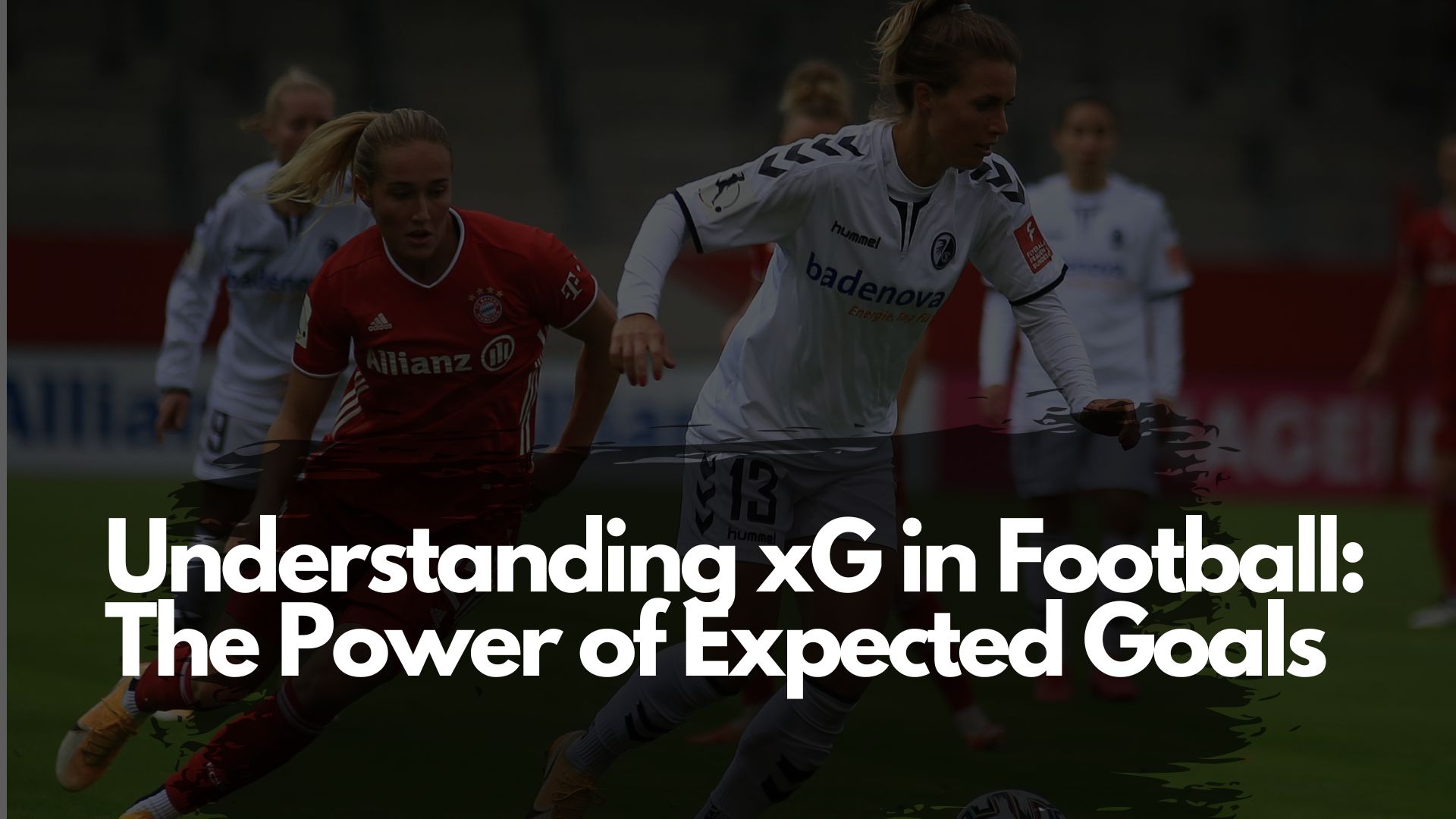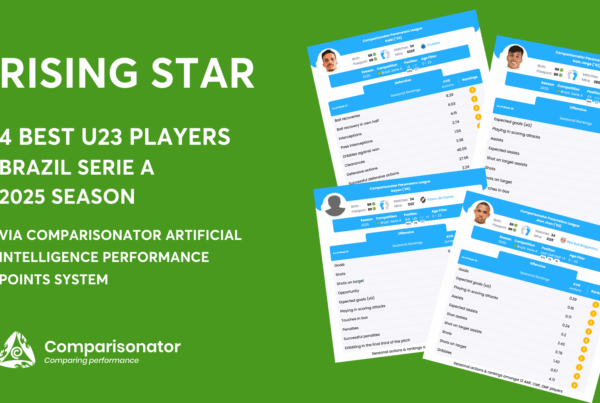Football has always been a game of passion, strategy, and unpredictability. But in recent years, data analysis has revolutionized how teams, analysts, and fans understand the sport. One of the most important metrics to come out of this revolution is Expected Goals, or xG. In this article, we will explore what xG is, how it works, and how it’s transforming the world of football data analysis.
We’ll also discuss how AI is enhancing football performance analysis, making it easier for coaches to track player performance, assess goal-scoring opportunities, and improve strategies.
What is xG in Football?
Expected Goals (xG) is a statistical model used in football to measure the likelihood of a shot resulting in a goal. The xG value is based on several factors, including the distance from the goal, the angle of the shot, and the type of assist leading to the shot. Essentially, xG quantifies the quality of a goal-scoring chance.
For example, a shot taken from the penalty spot would have a higher xG value compared to a long-range shot from outside the box. The model evaluates various aspects of each shot, such as:
- Distance to the goal
- Angle of the shot
- Type of assist (e.g., through ball, cross, set piece)
- Player’s body position when taking the shot
By compiling these variables, the xG metric provides an estimate of how likely a shot is to result in a goal, giving teams a clearer picture of a player’s finishing ability and the quality of the opportunities they are getting.
Why is xG Important for Football Clubs?
For football clubs, xG is a game-changing tool. By analyzing the expected goals of a team or individual player, clubs can:
- Evaluate Player Performance: xG provides insight into a player’s ability to convert chances. A player with a higher xG than their actual goals might be unlucky, while a player with a significantly lower xG than their actual goals might be overperforming.
- Improve Tactical Decisions: Coaches can use xG data to assess which types of chances are being created and where the team needs to improve. If a team is creating many chances but failing to convert them, it may indicate an issue with finishing or decision-making in the final third.
- Enhance Scouting and Recruitment: Clubs can use xG data to identify undervalued players who consistently generate high-quality chances. This is crucial for scouting and making data-driven transfer decisions.
- Data-Driven Strategies: By tracking xG across matches, clubs can adapt their strategies to focus on creating high-quality chances while minimizing the risk of conceding goals. Real-time data analysis allows for in-game adjustments based on live statistics.
How AI is Changing the Football World
Artificial Intelligence (AI) is transforming football by improving data collection, analysis, and interpretation. AI algorithms are now capable of processing vast amounts of data in real time, providing teams with insights that were once unimaginable. This includes:
- Real-Time Performance Analysis: AI-driven tools allow coaches to receive instant feedback on player and team performance, helping them make tactical changes during the match.
- Predictive Analytics: AI models can predict future events, such as the likelihood of scoring from a particular shot or the potential of a player based on historical performance data.
- Player Health and Fitness: AI is also being used to monitor players’ health, track their movements, and predict potential injuries, ensuring players are at their peak for every match.
The Impact of xG on Football Data Analysis
Football data analysis has evolved from basic statistics like goals, assists, and passes to more sophisticated models that give teams deeper insights into game performance. xG plays a central role in this evolution by measuring the quality of a team’s chances rather than just the quantity. This shift towards data-driven approaches has several key benefits:
- Improved Game Understanding: By analyzing xG, analysts can gain a deeper understanding of a match, uncovering insights that would otherwise be overlooked by traditional statistics.
- Trend Identification: xG allows teams to track trends over time, such as a player’s goal-scoring ability in various match conditions or the effectiveness of different set-piece strategies.
- Enhanced Fan Engagement: Fans and analysts alike are using xG data to engage with the game on a deeper level. Websites, broadcasts, and apps now include xG data, allowing fans to appreciate the tactical intricacies of football beyond just the final score.
Applications of xG in Football
xG has widespread applications in modern football, from player performance tracking to match prediction. Some notable applications include:
- Set Pieces: xG can be used to analyze the effectiveness of set pieces, helping coaches design more effective corner kicks, free kicks, and throw-ins.
- Premier League and World Cup Analysis: xG is widely used in top-tier leagues such as the Premier League and international tournaments like the World Cup to evaluate teams’ offensive and defensive strategies.
- Historical Insights: By looking at historical xG data, analysts can assess how football has evolved over time, comparing different styles of play and their success rates.
- Player Comparisons: xG is valuable for comparing players who play in different teams or leagues, providing a fair metric for performance evaluation. For example, players in less successful teams might have a lower actual goal count but a higher xG, reflecting the quality of their chances.
Conclusion: The Future of xG and Football Data Analysis
As AI continues to advance, the potential for football data analysis grows exponentially. Expected Goals (xG) is at the forefront of this revolution, offering insights into player performance, team strategies, and the overall quality of play.
For football clubs, xG provides a crucial tool for evaluating players and making informed decisions about tactics, recruitment, and training. With the power of AI, teams can now make data-driven decisions that improve performance on and off the field.
As the game evolves, so too will the role of data in football. By embracing the power of xG and AI, clubs are setting the stage for a new era of football, where decisions are guided by data, and the game is more accessible and exciting than ever before.




